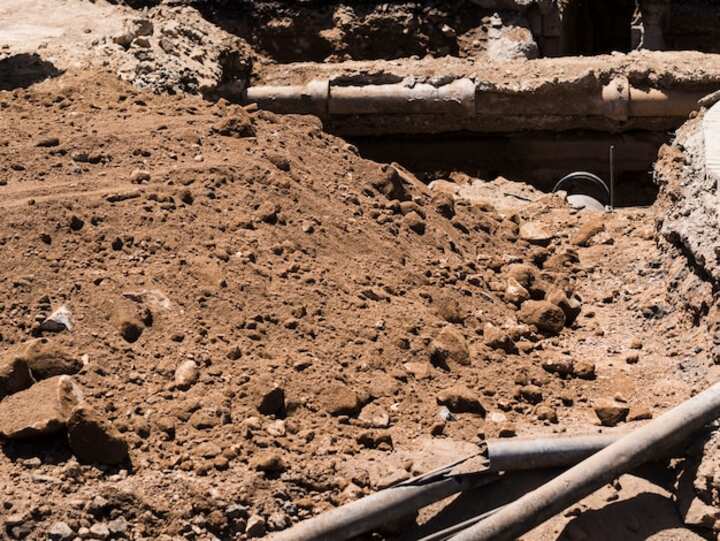
Enhance Your Foundation with Expert Soil Stabilization Services
Every structure, whether a commercial building or a residential home, depends on a solid foundation for stability and longevity. The very essence of this foundation lies in the soil upon which it is built. Over time, factors such as environmental changes, water intrusion, and poor construction practices can compromise soil integrity, leading to foundation issues. In such scenarios, expert soil stabilization services become crucial in ensuring the safety and durability of a structure.
Understanding Soil Stabilization
What is Soil Stabilization?
Soil stabilization refers to the process of altering soil properties to improve strength and durability. This process is essential in construction and landscaping to ensure that the underlying soil can adequately support the structure. Techniques used in soil stabilization can vary depending on the type of soil and the specific challenges it presents.
Why is it Important?
The importance of soil stabilization cannot be overstated. Here are some key reasons:
- Prevents structural damage due to soil movement and erosion.
- Enhances load-bearing capacity, reducing the risk of foundation failure.
- Minimizes water infiltration, which can lead to soil weakening and erosion.
- Prolongs the lifespan of the structure by providing a stable base.
- Reduces maintenance costs by preventing future repairs.
Methods of Soil Stabilization
Chemical Stabilization
This method involves adding chemical agents to the soil to enhance its properties. Common chemicals used include lime, cement, and fly ash. These agents react with the soil, improving its strength and reducing its plasticity. Read more about this topic.
Mechanical Stabilization
Mechanical stabilization involves physical processes such as compaction and the use of geosynthetics. This method is effective for increasing soil density and stability by rearranging soil particles to minimize voids. Learn more in this detailed guide.
Biological Stabilization
This eco-friendly approach uses vegetation to stabilize the soil. Plant roots bind the soil together, reducing erosion and enhancing water retention. This method is particularly useful in erosion-prone areas. Explore further insights here.
Choosing the Right Soil Stabilization Service
When selecting a soil stabilization service, consider the following factors:
- Experience and Expertise: Opt for services with proven experience and expertise in soil stabilization techniques.
- Customized Solutions: Look for providers that offer tailored solutions based on specific soil conditions and project requirements.
- Technological Advancements: Choose services utilizing the latest technology and methods for effective soil stabilization.
- Customer Reviews: Check out customer reviews to gauge the service quality and customer satisfaction. Check out customer reviews here.
- Cost-effectiveness: Consider the cost-benefit ratio of the stabilization methods offered.
Benefits of Professional Soil Stabilization Services
Engaging professional soil stabilization services offers numerous advantages:
- Expert assessment and identification of the most suitable stabilization method.
- Access to advanced technology and equipment for efficient soil treatment.
- Reduction in project completion time due to professional handling.
- Long-term savings from avoided structural repairs and maintenance.
- Peace of mind knowing that the foundation is secure and stable.
In conclusion, soil stabilization is a critical component in maintaining the integrity of any structure. By understanding its importance and selecting the right services, property owners can ensure the safety and durability of their investments. Find additional information here.